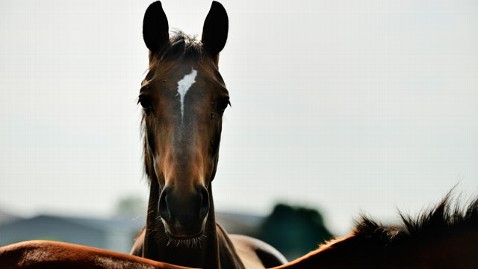Posted: 9:34 AM
Last Updated: 49 minutes ago
Last Updated: 49 minutes ago
A video of a New Mexico meat company employee shooting a horse to death is causing controversy in the Arizona equine community.
In the video recently removed by YouTube, a man walks a horse towards a camera, yells a derogatory message towards animal activists and then proceeds to shoot the horse to death at point blank range.
Many are upset not only because of the gruesome video, but because the employee was working for a meat company that is trying to become a horse slaughter house.
Jim Gath rescued his horse Mistor who was headed for a horse slaughter house in Mexico two years ago.
“He broke his leg in a race and my friend called me and said he had 24 hours before he was going to be slaughtered. I brought him here and he was in bad shape. He could hardly walk,” said Gath of Tierra Madre Horse Sanctuary.
Gath has since nursed Mistor back to health. Now he is one of Gath’s fastest horses. Although Mistor was saved from the slaughter house, Gath worries for the thousands of other horses who aren’t as lucky.
"In these slaughter houses in Mexico, they stab the animals in the back to paralyze them and as they’re hanging upside down they’d slice their throat and they’d bleed to death,” said Gath.
It’s for this inhumane treatment that horse slaughter houses were shut down in the U.S. six years ago. While most animal activists feel they should stay shut, equine enthusiast Barbara Rector believes re-opening them is the humane thing to do.
“I’ve witnessed them being out on these trucks to Mexico or Canada. They have to travel a huge number of miles with no water, standing, some of them falling down. Some of them dead. Talk about feeling hopeless. It’s just like those trains heading for Auschwitz, it's horrible,” said Rector.
Gath agrees that something needs to be done, but doesn’t feel horse slaughter houses are the answer.
“We gave Mistor his life back and not only that. He's turned into one of the greatest horses in the universe. He never should have been sent to a slaughter house.”




















